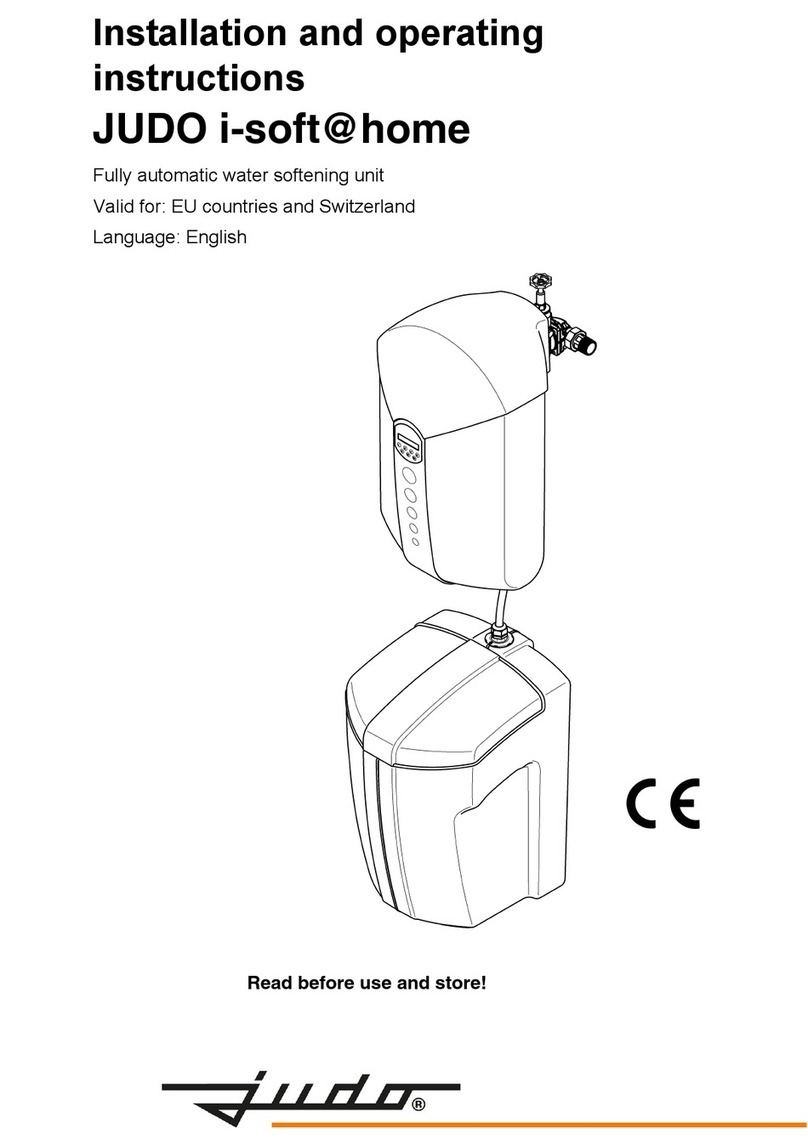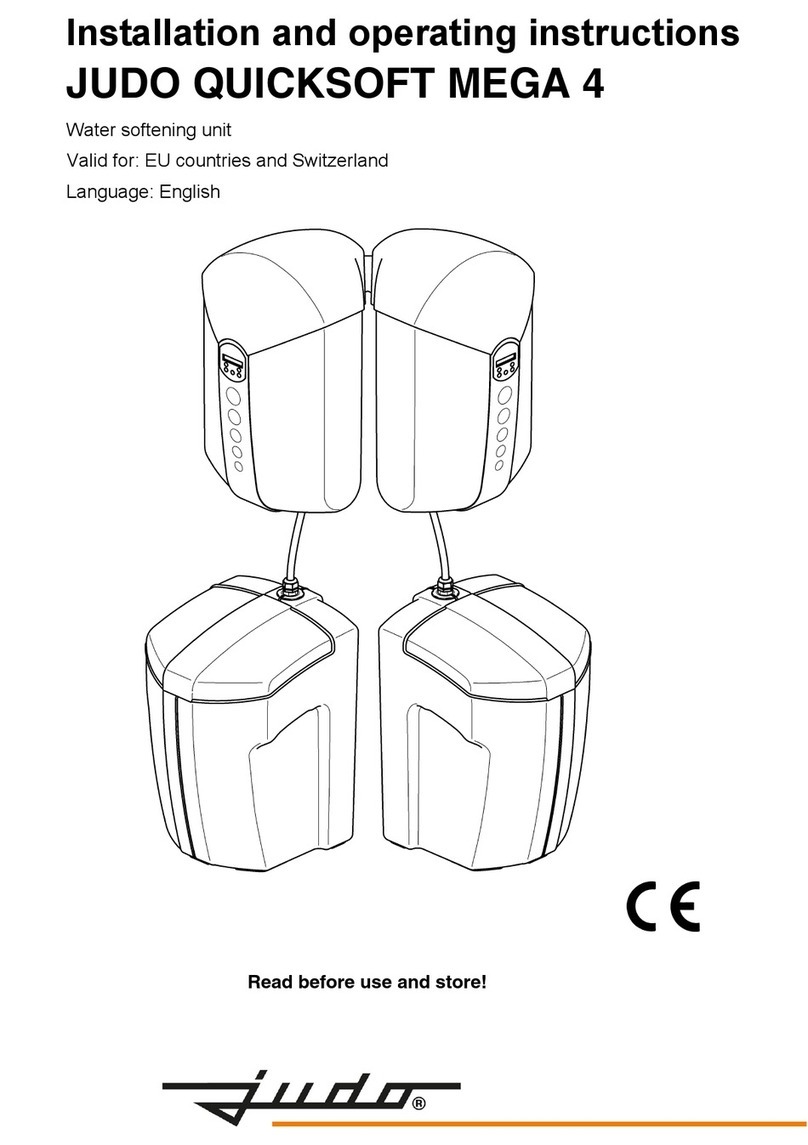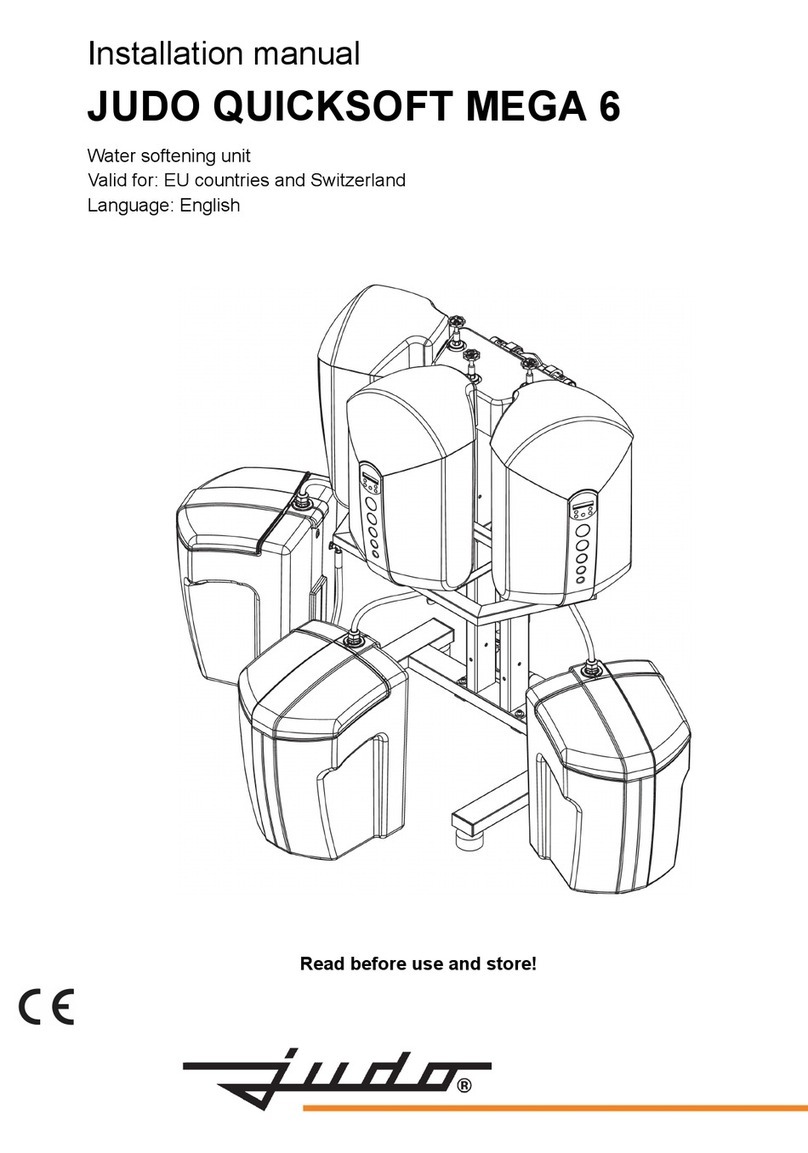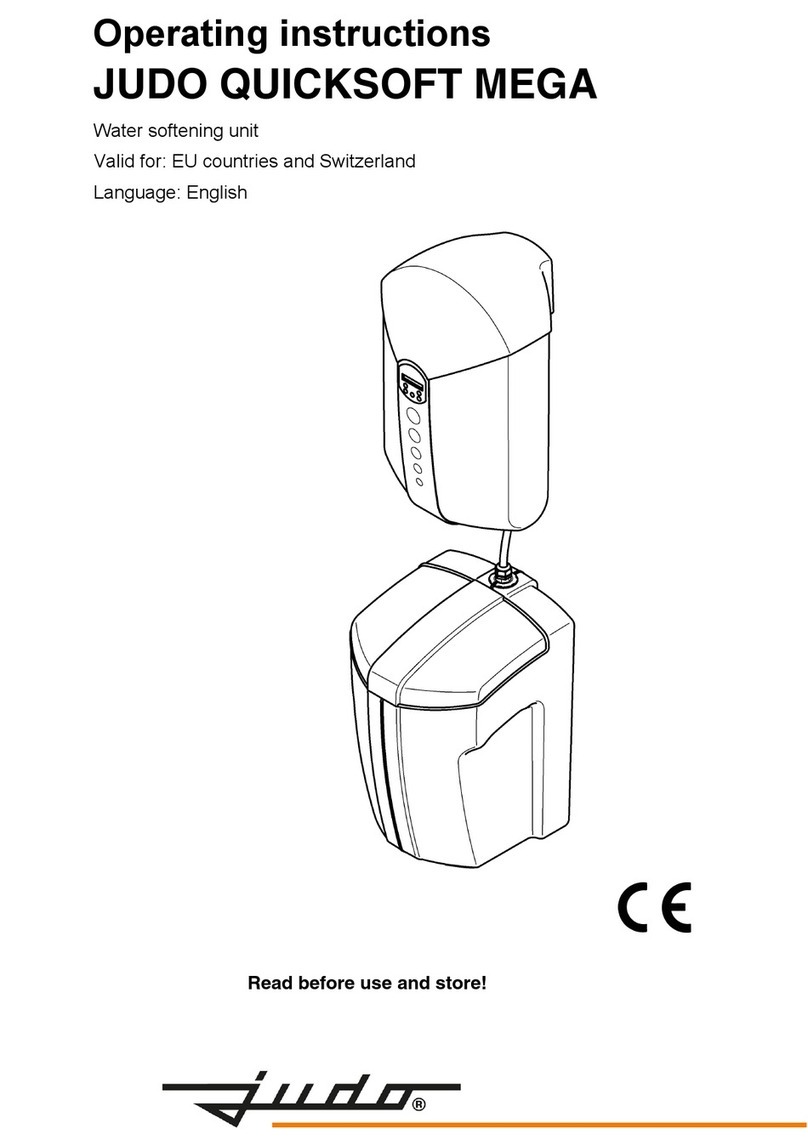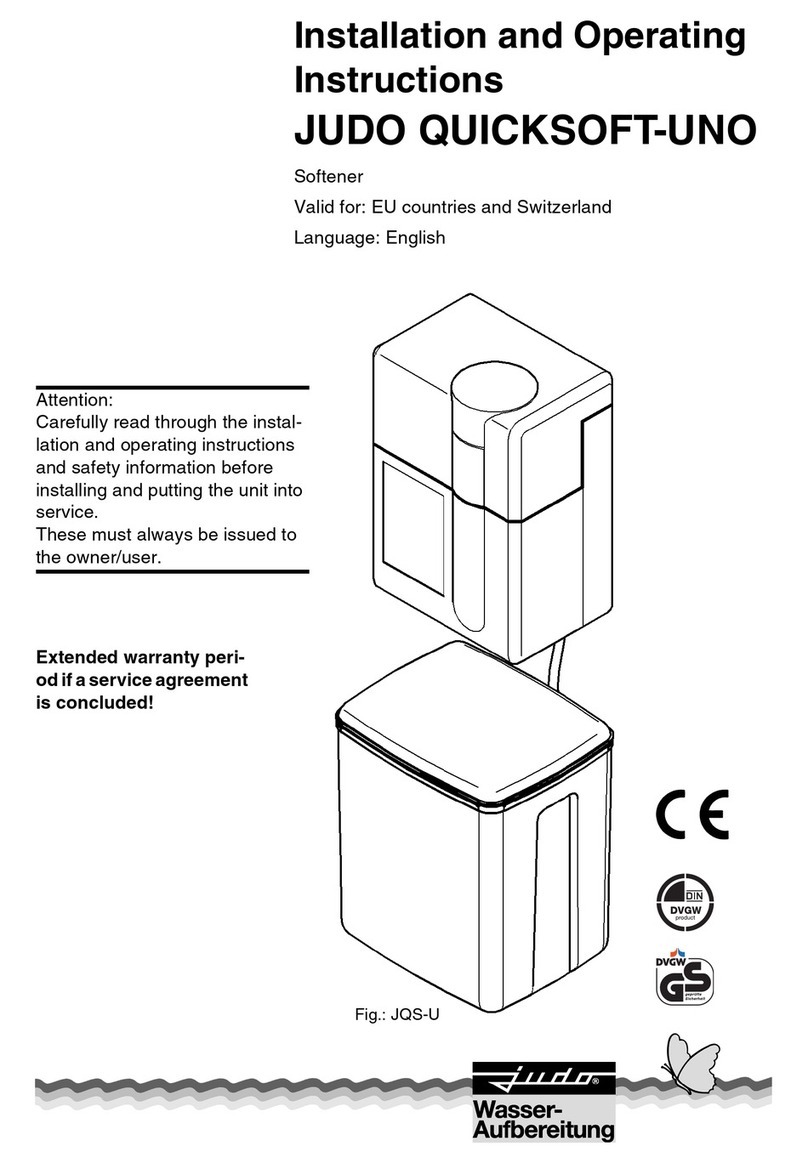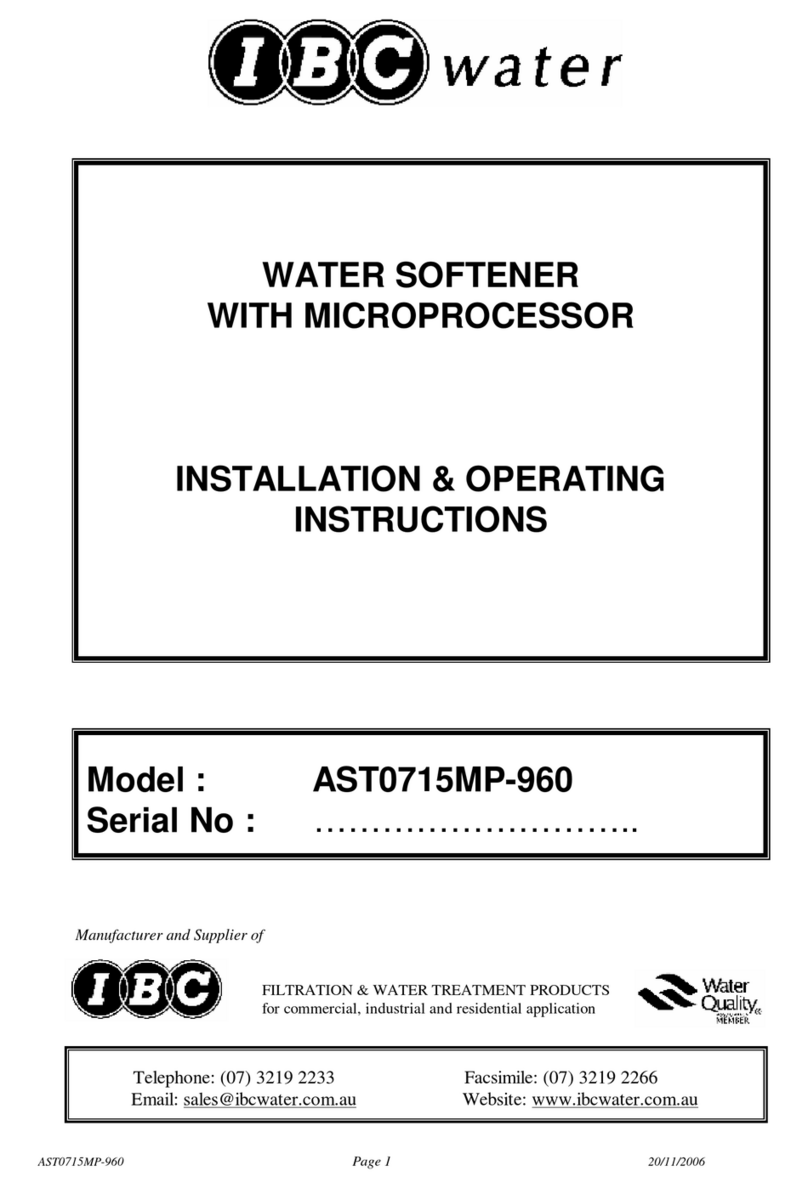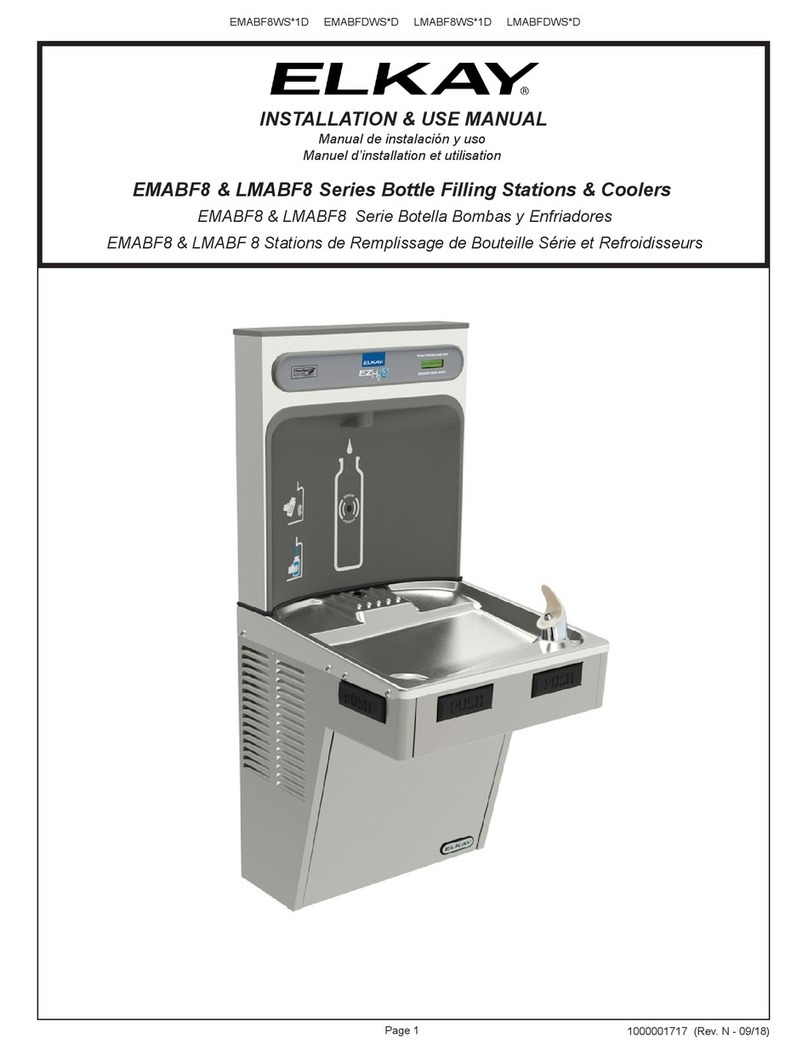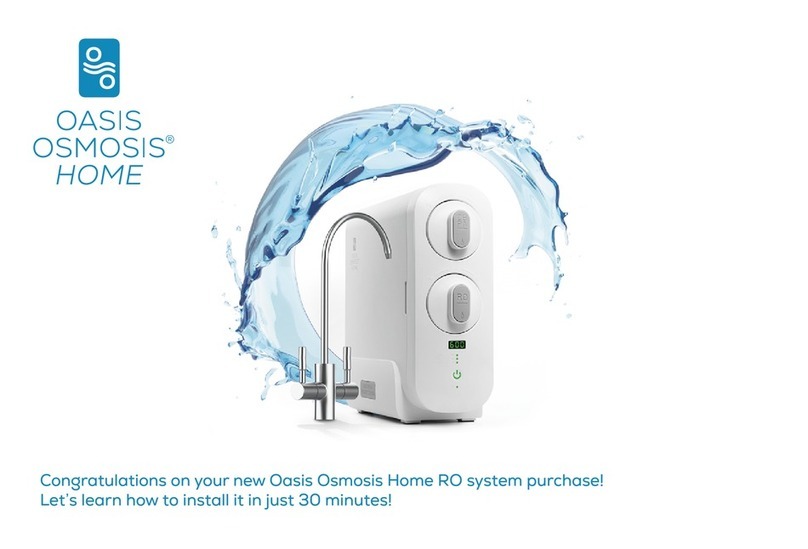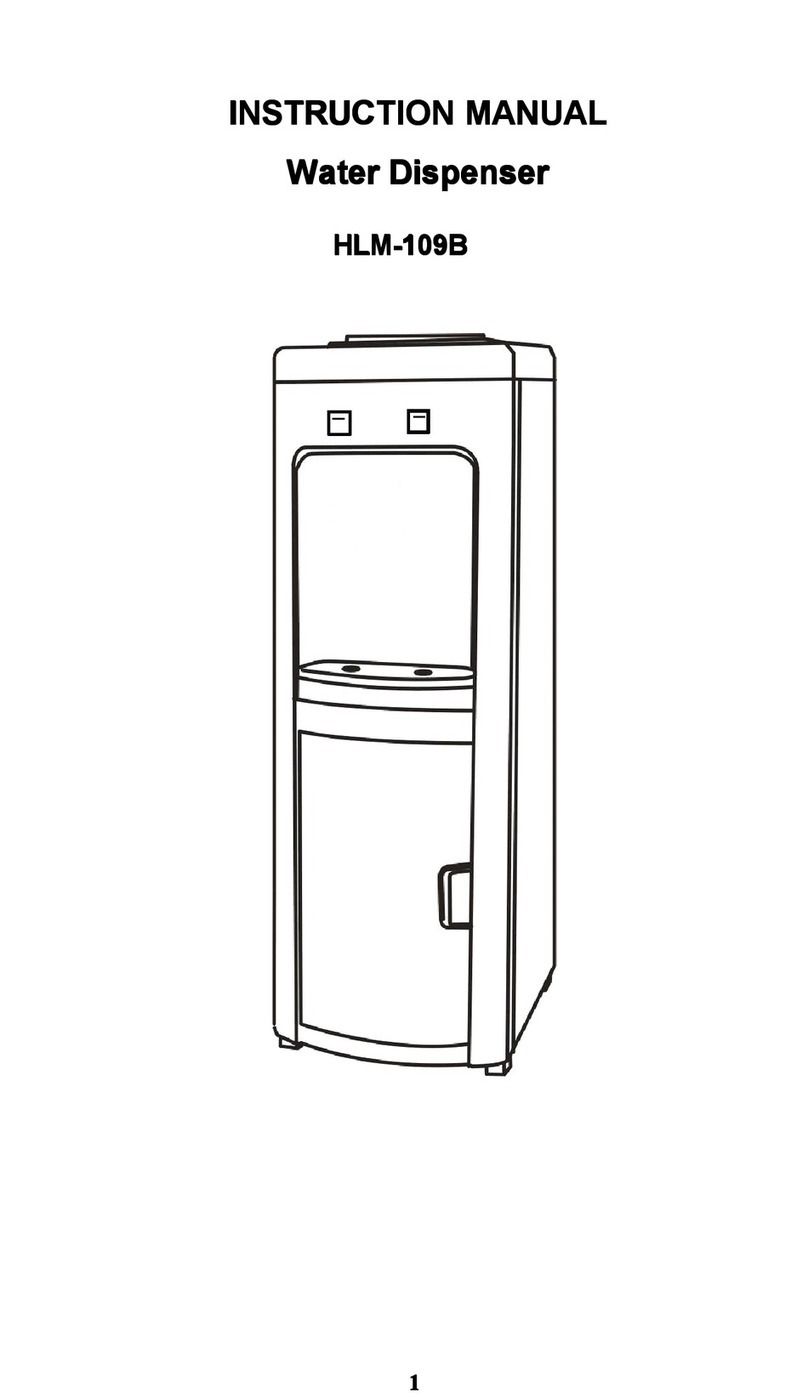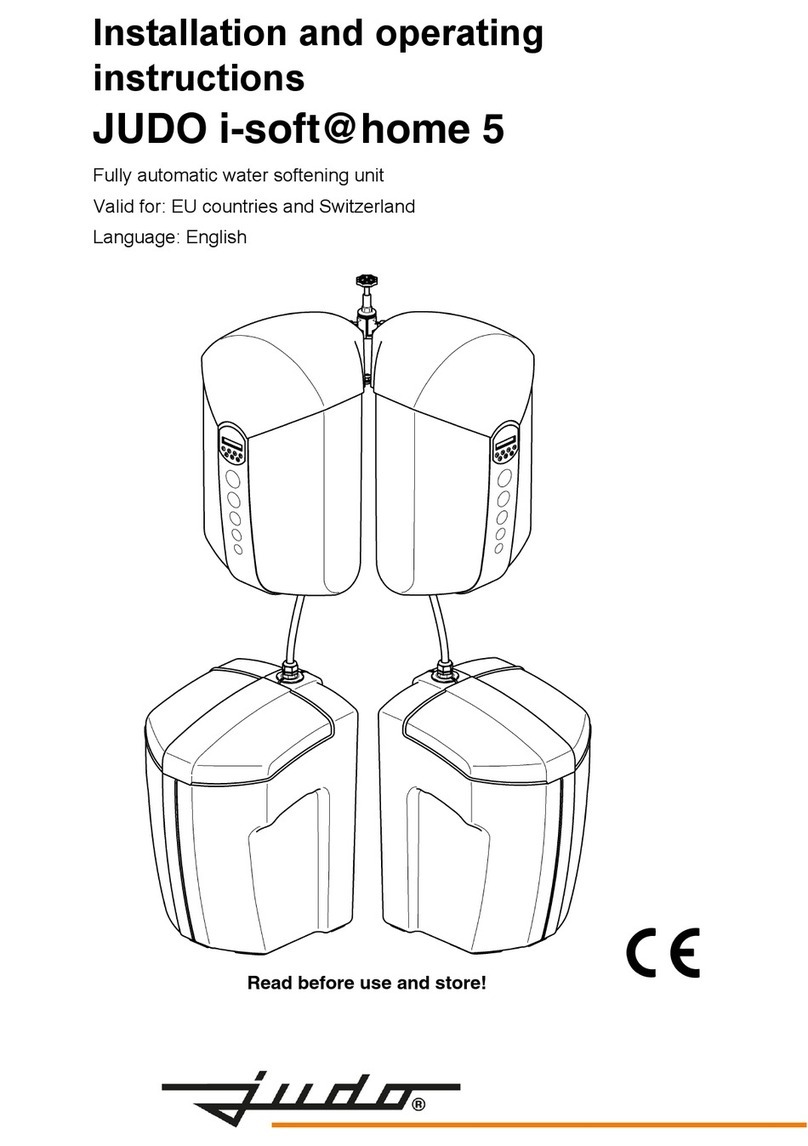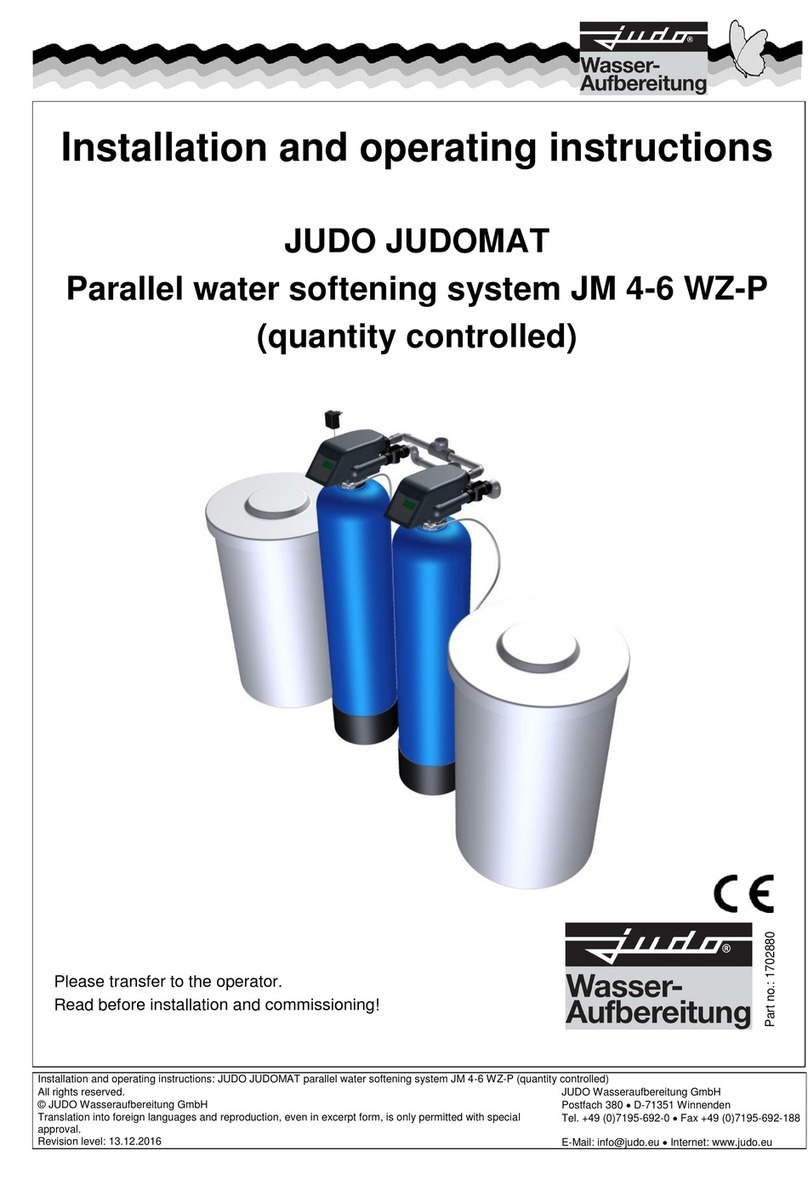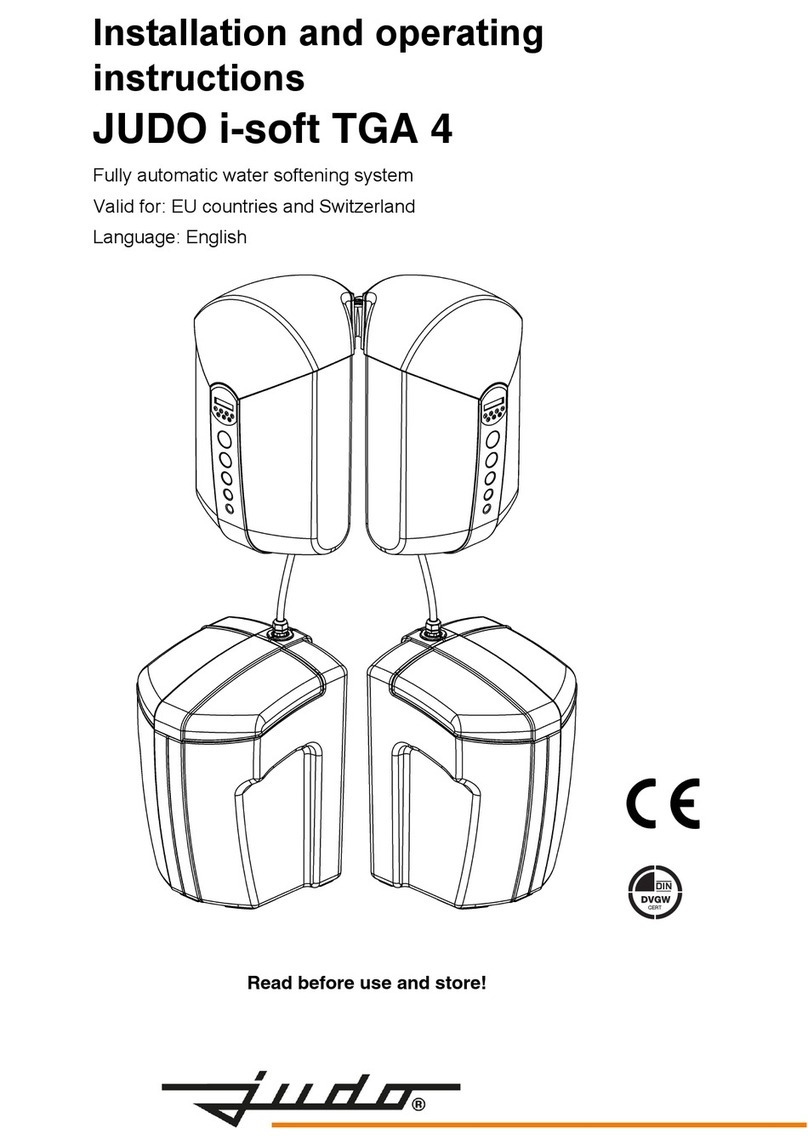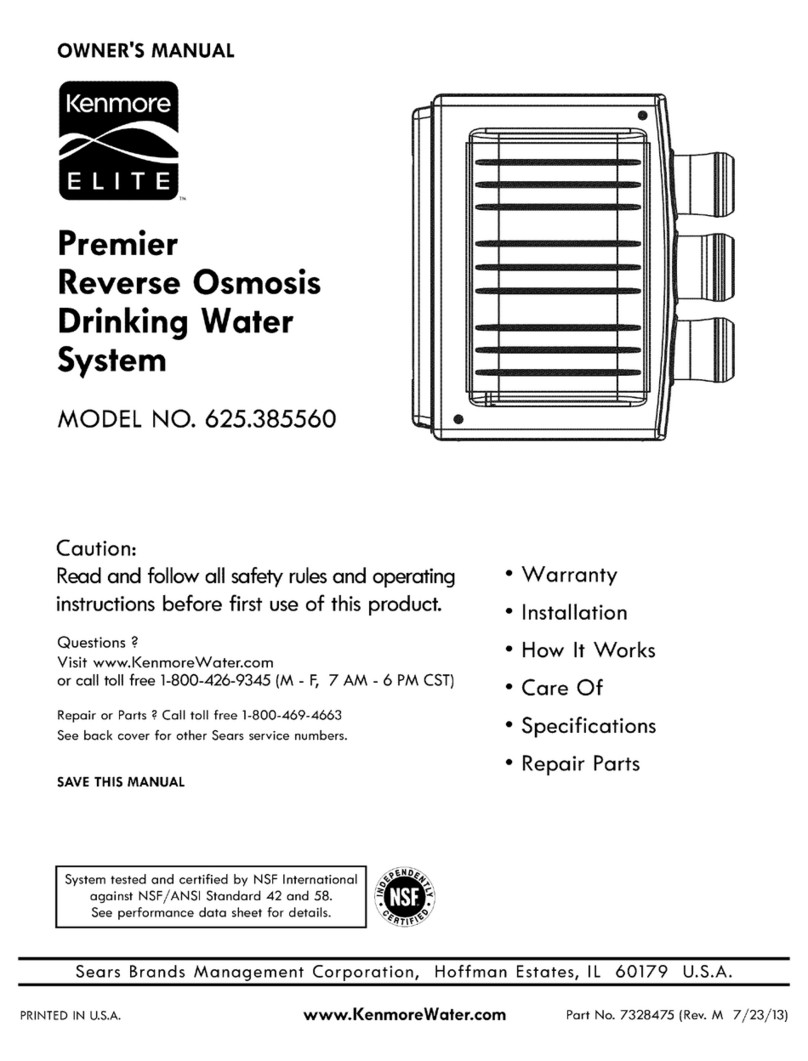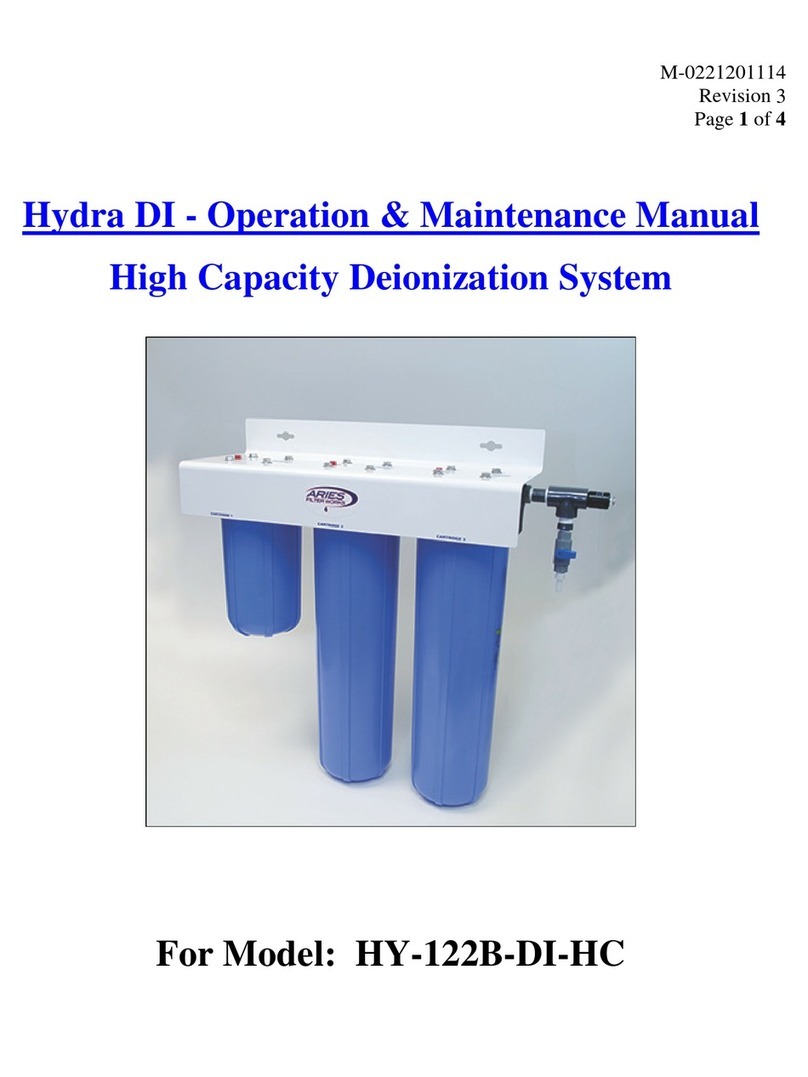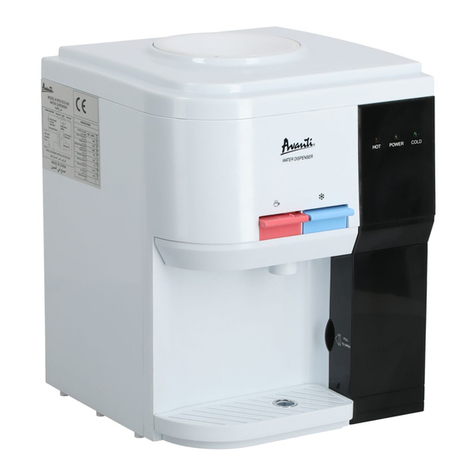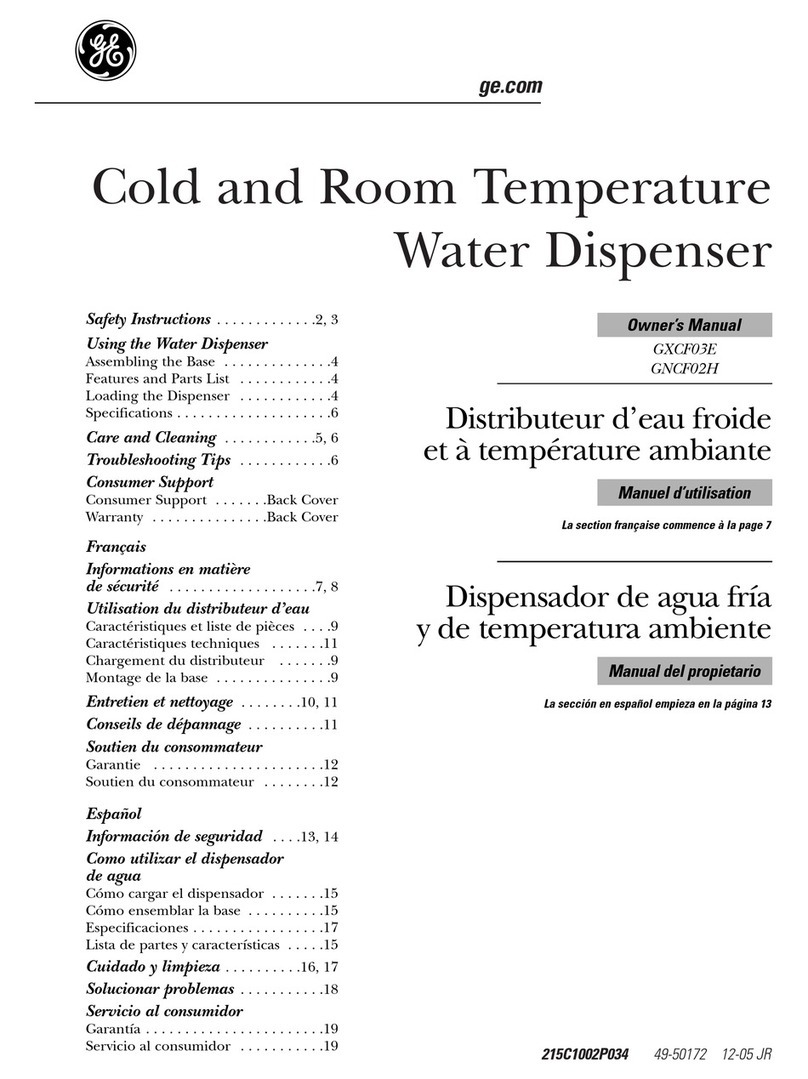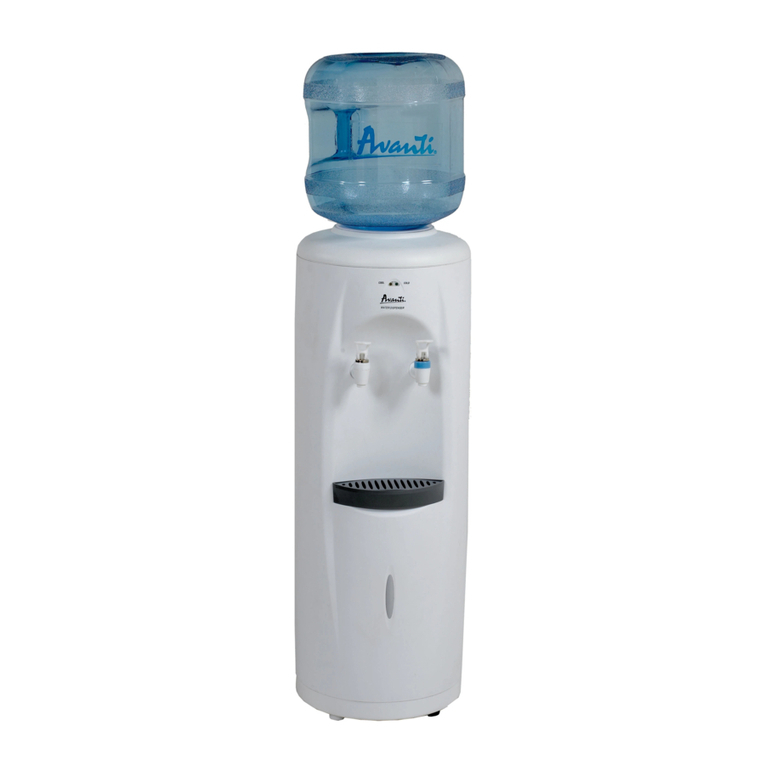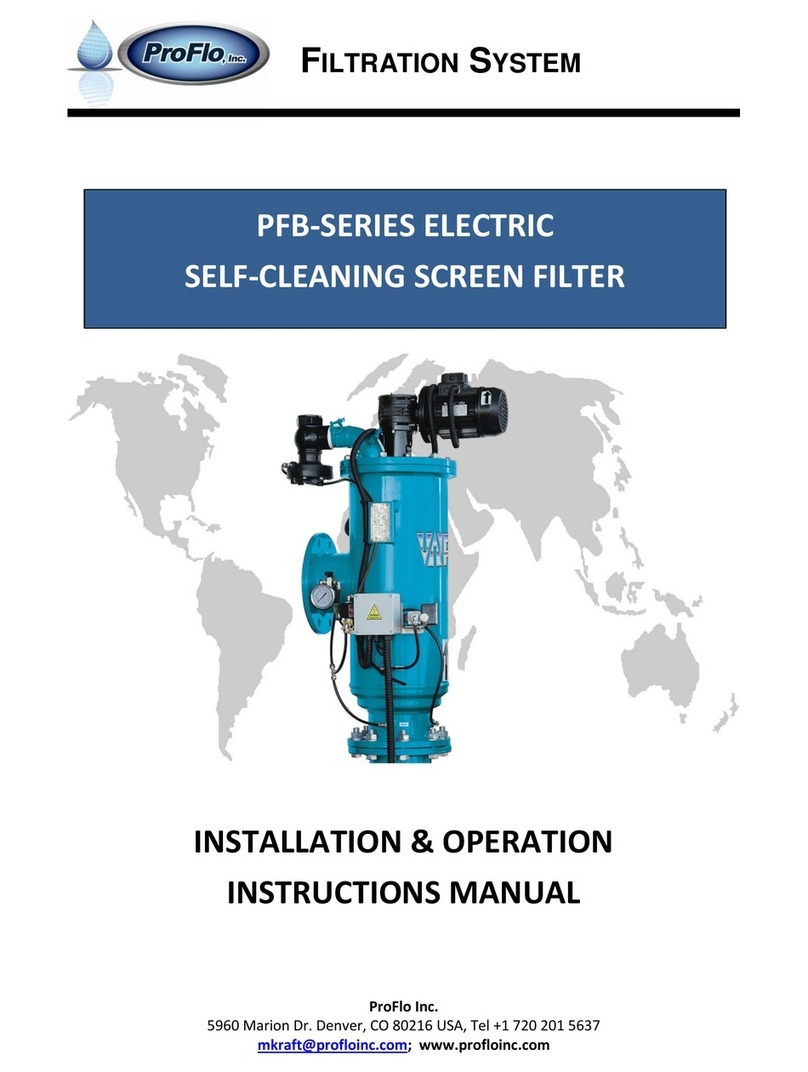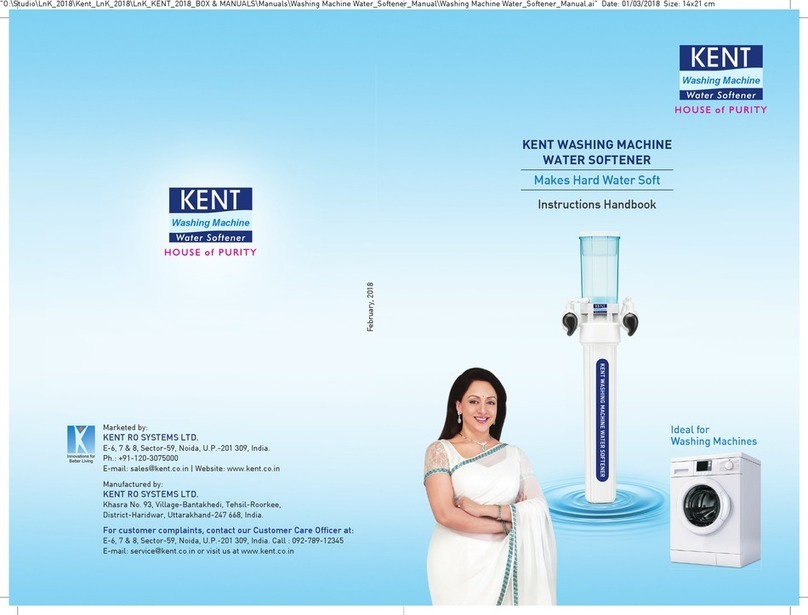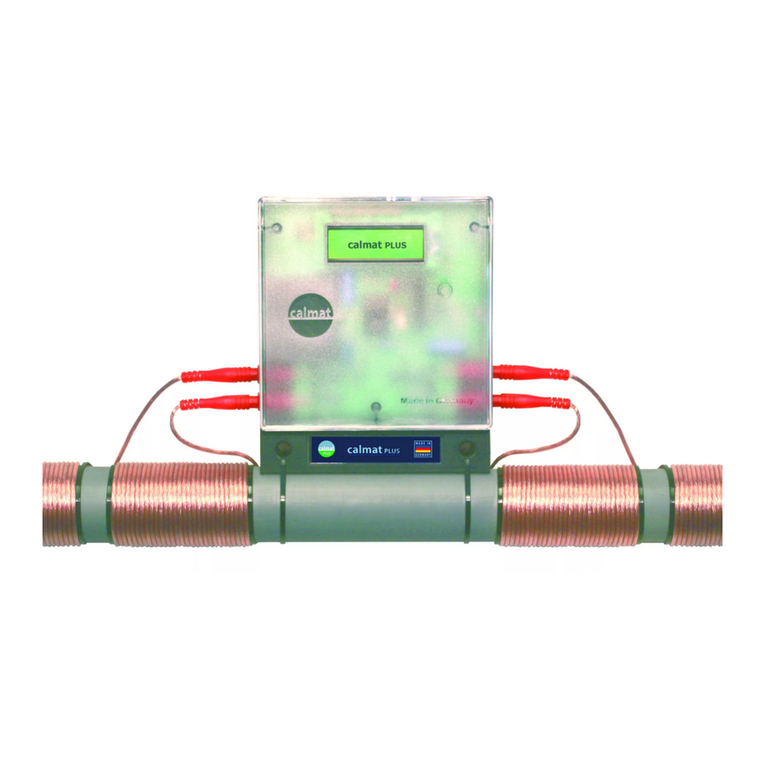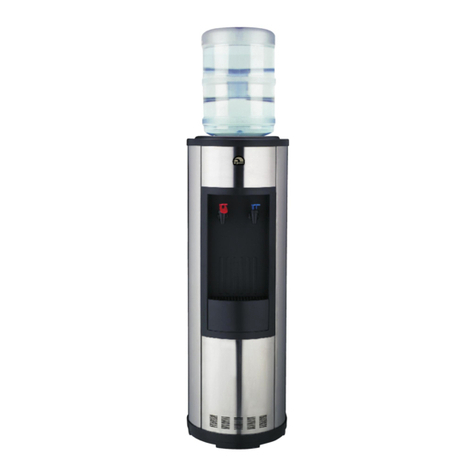
4 JUDO i-soft
About these operating instructions
Table of contents
1. About these operating
instructions........................................4
1.1 Symbols used..............................5
1.2 Safety information and dangers
due to non-compliance................5
1.3 Units used....................................5
2. Intended use ......................................6
2.1 Water pressure............................7
2.2 Notes on special dangers............7
3. Product information..........................8
3.1 Intended purpose.........................8
3.2 Mark of conformity.......................8
3.3 Materials used.............................8
4. Installation .........................................8
4.1 General........................................8
4.2 Mounting the softener without a
bypass valve..............................11
4.3 Mounting the bypass valve
(accessories).............................11
4.4 Mounting the softener to the
pre-assembled bypass valve.....12
4.5 Connecting the softener with the
salt container.............................13
4.6 Wastewater connection and
back-up overflow hose...............14
5. Operation .........................................15
5.1 Operational start........................15
5.2 Functional description of the
water softener............................19
5.3 Salt filling...................................19
5.4 Potential-free error message.....20
5.5 Integratingthewatersoftenerintoa
central building control system..21
5.6 Modifications / changes /
spare parts.................................21
5.7 Stoppages .................................21
5.8 Resetting to factory settings......22
5.9 Display message overview........22
6. Faults................................................23
7. Maintenance.....................................24
7.1 Cleaning ....................................24
8. Warranty and services....................24
8.1 Message
“Maintenance / service”.............24
9. Data sheet ........................................ 25
9.1 Type ..........................................25
9.2 Technical specifications ............25
9.3 Diagrams...................................26
9.4 Installation dimensions..............28
9.5 Scope of supply.........................28
9.6 Accessories...............................28
10. Positions i-soft ................................ 30
11. Customer support ........................... 32
1. About these operating
instructions
ATTENTION
(see chapter “Safety information and dan-
gers due to non-compliance”)
The instruction manual must be perma-
nently available at the place in which the
softener is in use.
This instruction manual is intended to make
it easier to familiarize yourself with the
softener and its possible intended uses.
The instruction manual contains important
information concerning the safe, correct and
economical running of this softener.
It contains fundamental information, which
must be observed during installation, opera-
tion and maintenance. Observance of this
information helps to avoid dangers, reduce
repair costs and increase the reliability and
service life of the softener.
The instruction manual must be read and
used by each person entrusted with carrying
out work on the softener, for example:
– installation
– operation
–maintenance
(servicing, inspection, repair)
Installation and maintenance may only be
carried out by personnel authorized by the
manufacturer, capable of fulfilling the
instructions as given in this manual under
consideration of all regulations covering
